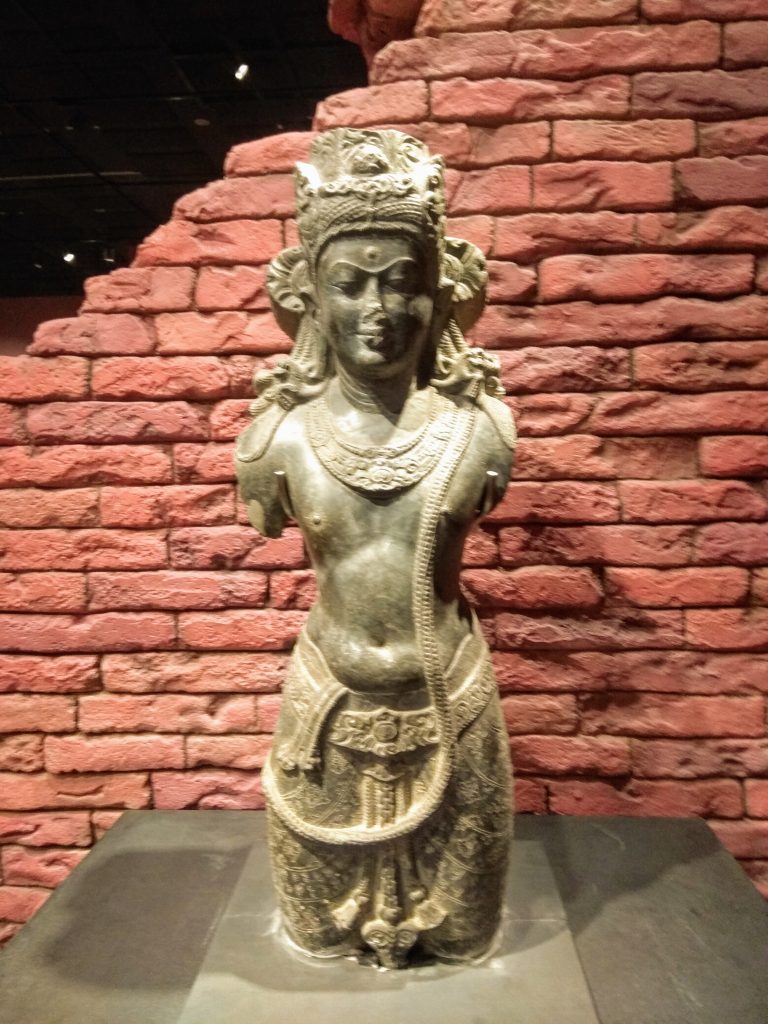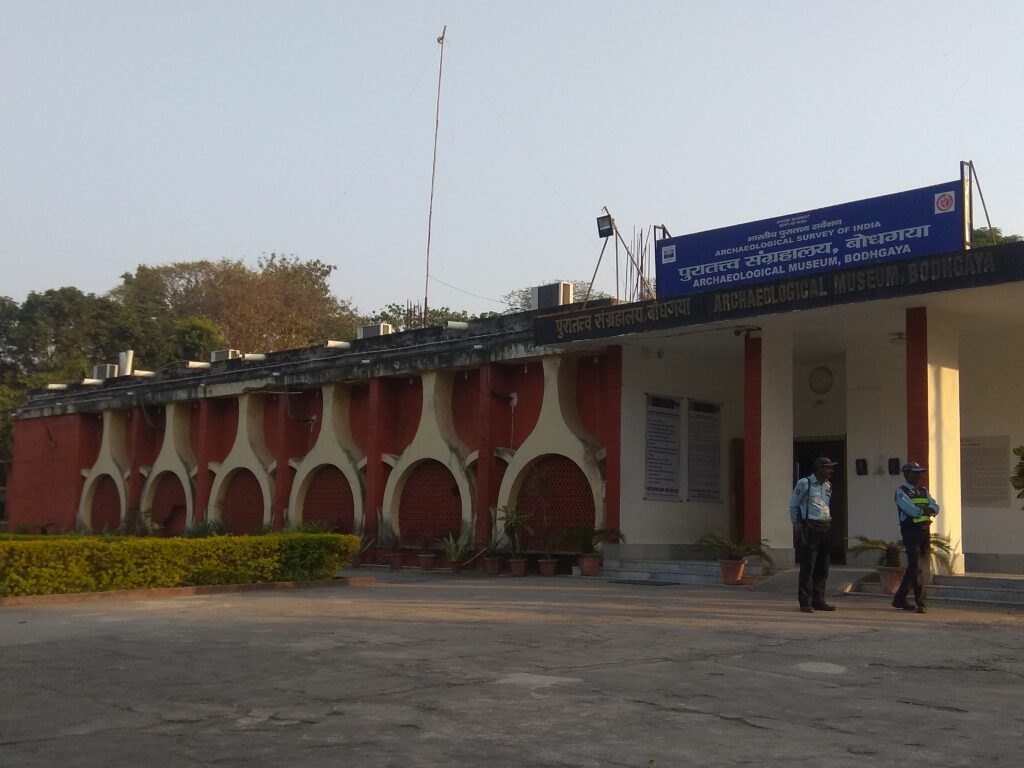On 27 June 2020, the Union Minister of State for Culture and Tourism (I/C) Prahlad Singh Patel announced that the Ministry will celebrate Sankalp Parva from 28 June to 12 July and plant trees as desired by Prime Minister Narendra Modi.The Ministry recommended to plant five trees that have been identified by PM Modi and represent India’s herbal heritage: Bargad, Amla, Peepal, Ashok and Bel.
The initiative as undertaken at the backdrop of the ongoing COVID-19 pandemic to emphasise that India’s herbal wealth can help citizens fight the battle and to show the importance of a clean and healthy environment. The Sankalp Parva urged all subordinate offices, academies and other affiliated and attached agencies of the Ministry to plant trees in their campuses and surroundings.
The role of government in preserving and promoting the cultural heritage of its country is paramount. Heritage zones often pan beyond state boundaries and transcend legal and political jurisdictions so the role of a central authority is crucial in heritage management and maintenance. However, the role of local authorities and citizens, in particular, cannot be ignored.
There are several schemes and programmes initiated by the Ministry of Culture to support the administration and management of country’s heritage. The schemes aim to preserve and promote protected and unprotected heritage across the country through a multi-pronged approach by facilitating infrastructure development, funding and upgradation of the sites.
Trust for Public-Private Partnerships
The National Culture Fund (NCF) is a trust established by the Indian government through a Gazette Notification published on 28 November 1996. It was established to put in place a funding mechanism for the arts and culture in India, distinct from the existing sources and chains of funding. This scheme enables individuals and institutions to directly partner with the government to support arts and culture.
Several significant projects are underway through the NCF. These include: Conservation of national monuments in Madhya Pradesh, Bihar; Publication of treasures of Indian museums in Kolkata; Development of tourist infrastructure facilities at Sun Temple, Konark, Odisha and Kanheri Caves, Maharashtra; Conservation and Development of the excavated remains at Vikramshila; Conservation, renovation and restoration of the monuments of Ahom Kings in Sibsagar, Assam that include Ranghar ruins, Karenghar, Talatal ghar and group of maidans at Charaideo; etc.
Museums open history for the common man
The Museum Upgradation Scheme provides financial help to state governments, societies, local bodies and trusts registered under the Societies Act to set up new museums. Museums play a very important role in preserving history by conserving and collecting artefacts and objects of historical and cultural importance.
Through the scheme, entities can strengthen and modernise existing museums or make new museums. They can also undertake digitisation of objects and cataloguing them to be made available on the internet for public viewing and for the capacity building of personnel engaged in related activities.

“There are many schemes initiated by the government for sister agencies, subordinate entities, private organisations and individuals working towards heritage protection and management. I am closely associated with the scheme that provides financial assistance to Buddhist / Tibetan monasteries for propagation and research. It really helps a lot,” says Leh-based Buddhist studies researcher Tsering Wangchuk.
The National Mission for Manuscripts (NMM), launched in 2003, documents, conserves and disseminates the knowledge in manuscripts and aims to publish rare and unpublished manuscripts for researchers, scholars and the general public. Through local partners, 37,722 manuscripts from 2,389 different monasteries, palaces and individuals of Ladakh region have been documented so far. Under the NMM, the Ministry of Culture is also planning to reprint 108 volumes of Mongolian Kanjur ‘to boost bilateral ties between the two nations’.
Schemes to promote sustainable tourism
Tourism is an important variable in heritage management and maintenance. Through the Ministry of Tourism, the government has launched schemes aimed at ‘preservation, sustenance and better interpretative of components in the heritage circuit to meet the needs of the global traveller’. India’s heritage circuit is vibrant with a rich history dating back to thousands of years. India is also home to several UNESCO World Heritage Sites that draw tourists from all over the world. The PRASHAD Scheme (Pilgrimage Rejuvenation and Spiritual, Heritage Augmentation Drive) was introduced in 2015 to focus on identifying and developing pilgrim sites across India to enrich the religious tourism experience. With seed money of 100 crores, so far 41 sites across 25 states have been identified for development. These include: Kedarnath, Amritsar, Ajmer, Mathura, Varanasi, Gaya, Kamakhya, Dwarka, Puri, Amravati, Kanchipuram, Vellankanni, etc.
PRASHAD Scheme aims to fulfil the following objectives: To enhance tourism attractiveness in a sustainable manner; to harness pilgrimage tourism so that it directly affects and multiplies the employment generation and economic development; to promote local art and culture, handicraft and cuisines, etc. and to develop world-class infrastructure at religious destinations. The Swadesh Darshan Scheme aims to develop theme-based tourist circuits while focussing on the principles of ‘high tourist value, competitiveness and sustainability in an integrated manner’. The scheme also aims to ‘enrich tourist experience and generate employment’. Themes identified so far include: Himalayan Circuit, Ramayana Circuit, Desert Circuit, Wildlife Circuit, Krishna Circuit, Tribal Circuit, Spiritual Circuit, etc. These schemes work towards developing infrastructure at the heritage sites and circuits. It involves development of illumination with renewable energy sources, establishing eco-friendly and sustainable modes of transportation, installing facilities for drinking water, toilets, parking, first aid centres, cafeteria, markets, souvenir shops, shelter areas, telecommunication facilities, internet connectivity, etc.
‘Adopt A Heritage’ Scheme
Through a key initiative in collaboration with the Ministry of Tourism, Ministry of Culture, Archaeological Survey of India (ASI) and State/UTs government, the ‘Adopt A Heritage’ Apni Dharohar, Apni Pehchaan scheme was launched in September 2017 ‘to develop the heritage sites, monuments, ruins and make them tourist-friendly’. The project aims ‘to enhance tourism potential and cultural importance of heritage in a planned and phased manner’. “The best part about this initiative is it encourages active participation and partnership of public and private sector companies and individuals. Also, the focus is on sustainable models and social responsibility, rather than revenue generation,” explains Mahendra Rajawat, manager of a heritage hotel in Udaipur.
The project identifies ‘Monument Mitras’ i.e. public/private sector companies or even individuals to preserve Indian heritage. At the onset, ten heritage monuments were adopted: Red Fort (Delhi), Gandikota Fort (Andhra Pradesh), Area surrounding Gangotri Temple (Trail to Gaumukh, Uttarakhand), Mount Stok Kangri Trek (Ladakh), Hazara Rama Temple (Hampi, Karnataka), Qutub Minar (Delhi), Ajanta Caves (Maharashtra), Leh Palace (Leh, Jammu & Kashmir), Jantar Mantar (Delhi) and Surajkund (Haryana).
Urban heritage gets attention
The Ministry of Housing and Urban Affairs launched the National Heritage City Development and Augmentation Yojana (HRIDAY) scheme on 21 January 2015 to focus on ‘holistic development of heritage cities with the aim to preserve and revitalise soul of the heritage city to reflect the city’s unique character by encouraging aesthetically appealing, accessible, informative and secured environment’.
The UNESCO World Heritage Centre has outlined ‘tourism strategies, planning and management frameworks to protect heritage environment, engaging broad sets of stakeholders and empowering local communities’. All government schemes aim towards a holistic and multi-pronged approach for sustainable tourism and heritage management that is environment-friendly and economically progressive.

